41 minerals on food labels
newsinhealth.nih.gov › 2013 › 08Should You Take Dietary Supplements? | NIH News in Health Dietary supplements are regulated by the U.S. Food and Drug Administration (FDA) as foods, not as drugs. The label may claim certain health benefits. But unlike medicines, supplements can’t claim to cure, treat or prevent a disease. “There’s little evidence that any supplement can reverse the course of any chronic disease,” says Hopp. Food Labels | CDC - Centers for Disease Control and Prevention In general, eat more foods that are higher in vitamins, minerals (such as calcium and iron), and fiber. Eat fewer foods that are higher in added sugars, saturated fat, and sodium (salt), and avoid trans fat. Keep in mind that the % Daily Value of each nutrient, such as total fat of 10% in the example below, is based on eating 2,000 calories a day.
FDA Rounding Rules for Your Food Label - LabelCalc 10% or less of the RDI for any vitamins or minerals, round to the nearest 2% increment (i.e. 5 rounds to 6). Between 10% and 50% of the RDI for any vitamins or minerals, round to the nearest 5% increment (i.e. 23 rounds to 25). 50% or higher of the RDI for any vitamins or minerals, round to the nearest 10% increment (i.e. 106 rounds to 110).

Minerals on food labels
Minerals In Food - Definition, Types, Sources and Examples - BYJUS Listed below are the different sources of minerals in food: Sources of Minerals 1. Calcium: Almonds, Carrots, Milk, Broccoli, Canned Fish, Papaya, Garlic, and Cashew 2. Chloride: Table Salt, Soy Sauce, liver Unprocessed Meat, Milk and Peanuts 3. Copper: Crab, Lobster, Mussels, Oysters, Nuts, Wholegrains and Yeast extract 4. › food › food-ingredients-packagingOverview of Food Ingredients, Additives & Colors | FDA on Product Labels; Preservatives: Prevent food spoilage from bacteria, molds, fungi, or yeast (antimicrobials); slow or prevent changes in color, flavor, or texture and delay rancidity ... Daily Value on the New Nutrition and Supplement Facts Labels Which Nutrients Are Required to Be Listed on the Nutrition and Supplement Facts Labels? The Nutrition Facts label must list total fat, saturated fat, trans fat, cholesterol, sodium, total...
Minerals on food labels. Changes to the Nutrition Facts Label | FDA - U.S. Food and Drug ... The Nutrition Facts label on packaged foods was updated in 2016 to reflect updated scientific information, including information about the link between diet and chronic diseases, such as obesity... PDF Food Labeling Guide - Food and Drug Administration Food Labeling Guide Additionalcopies are available from: Office of Nutrition, Labeling, and Dietary Supplements HFS-800 Center for Food Safety and Applied Nutrition Food and Drug... How to Understand and Use the Nutrition Facts Label | FDA - U.S. Food ... Dietary fiber, vitamin D, calcium, iron ad potassium are nutrients on the label that Americans generally do not get the recommended amount of. They are identified as nutrients to get more of.... What's New with the Nutrition Facts Label | FDA - U.S. Food and Drug ... Higher in dietary fiber, vitamin D, calcium, iron, and potassium. Lower in saturated fat, sodium, and added sugars. Choosing healthier foods and beverages can help reduce the risk of developing...
Understanding Nutrition Facts on Food Labels - WebMD Serving Size: An Important Part of Food Labels. At the top of the Nutrition Facts section, you'll see the serving size (such as 1/2 cup, five crackers, or 10 chips) and servings per container (such as two, four, six). The food label then lists the number of calories, grams of fat, grams of saturated and trans fat, etc., per serving. Daily Value on the New Nutrition and Supplement Facts Labels Which Nutrients Are Required to Be Listed on the Nutrition and Supplement Facts Labels? The Nutrition Facts label must list total fat, saturated fat, trans fat, cholesterol, sodium, total... › food › food-ingredients-packagingOverview of Food Ingredients, Additives & Colors | FDA on Product Labels; Preservatives: Prevent food spoilage from bacteria, molds, fungi, or yeast (antimicrobials); slow or prevent changes in color, flavor, or texture and delay rancidity ... Minerals In Food - Definition, Types, Sources and Examples - BYJUS Listed below are the different sources of minerals in food: Sources of Minerals 1. Calcium: Almonds, Carrots, Milk, Broccoli, Canned Fish, Papaya, Garlic, and Cashew 2. Chloride: Table Salt, Soy Sauce, liver Unprocessed Meat, Milk and Peanuts 3. Copper: Crab, Lobster, Mussels, Oysters, Nuts, Wholegrains and Yeast extract 4.

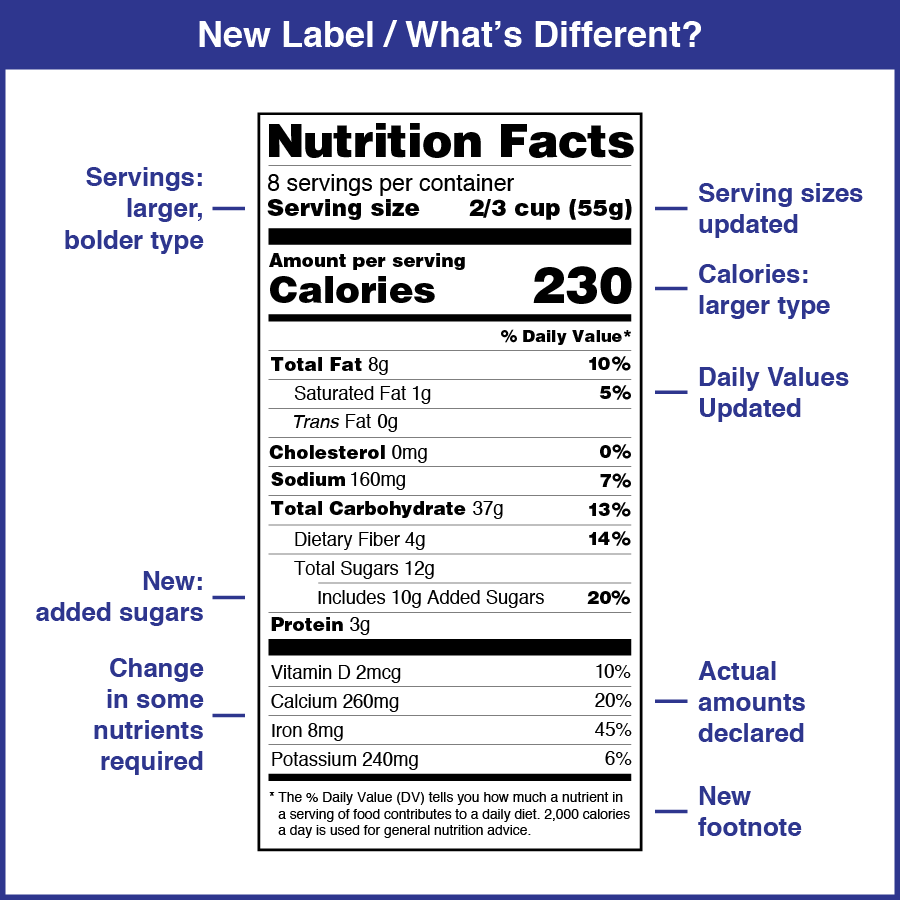
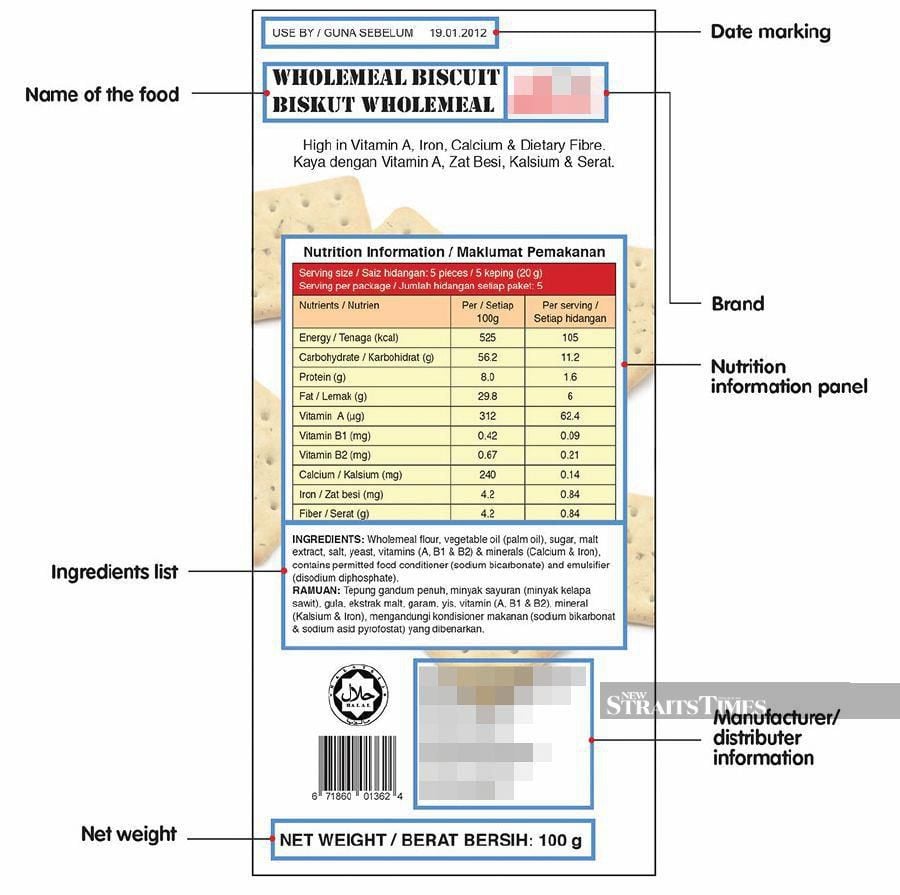
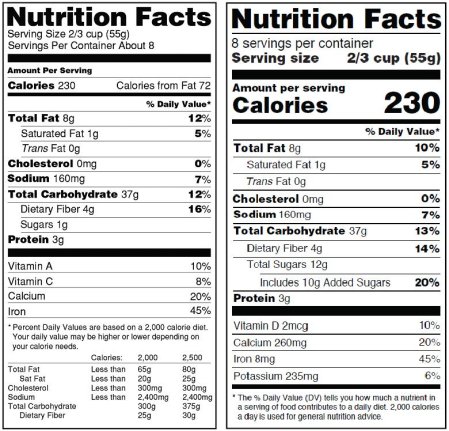
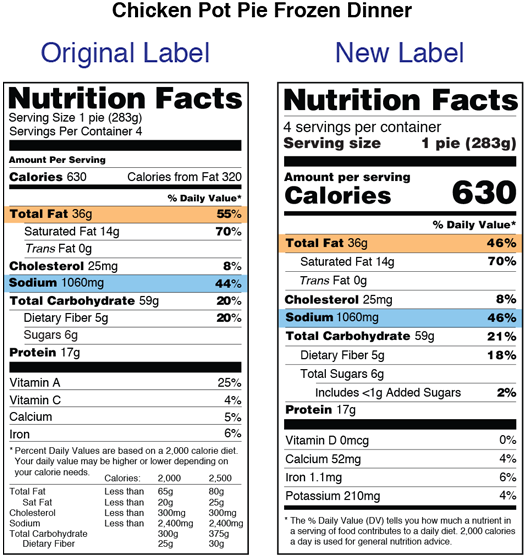

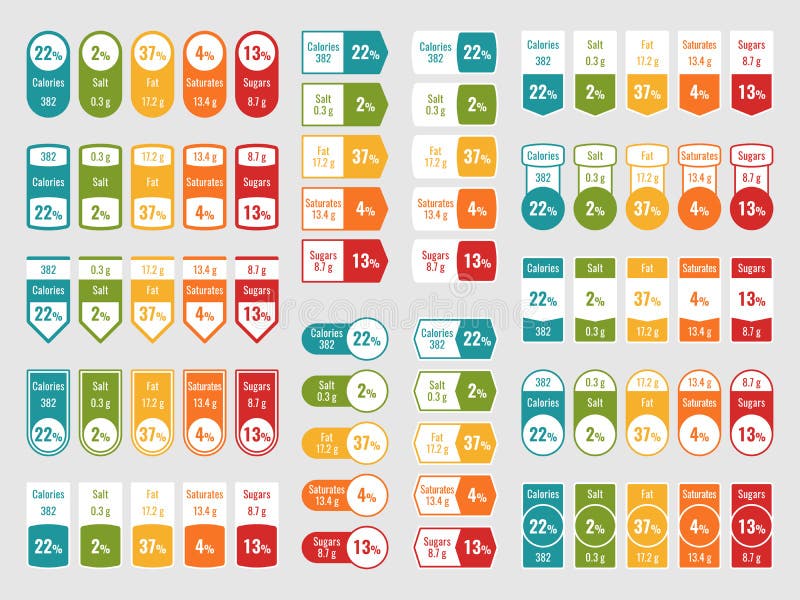


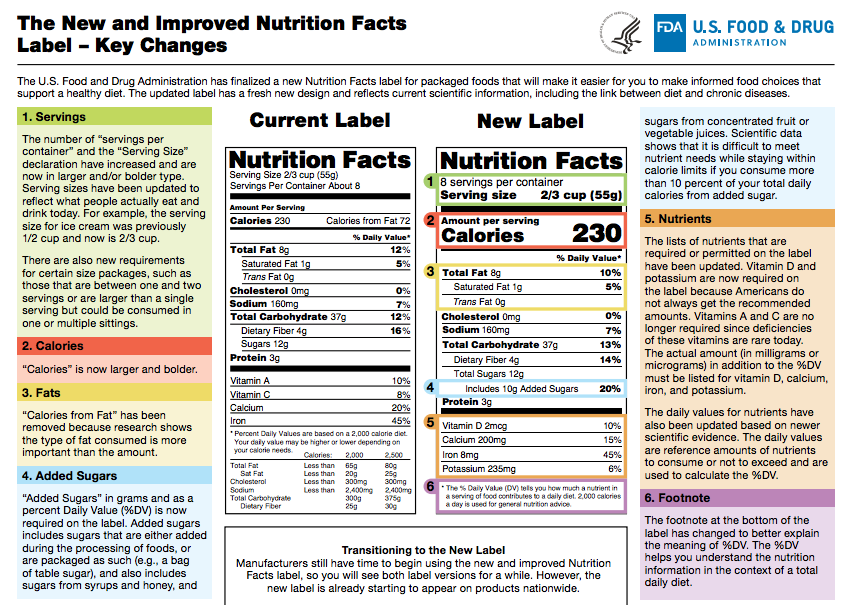



:max_bytes(150000):strip_icc()/Untitled-design-1--5755c3703df78c9b46903dab.jpg)

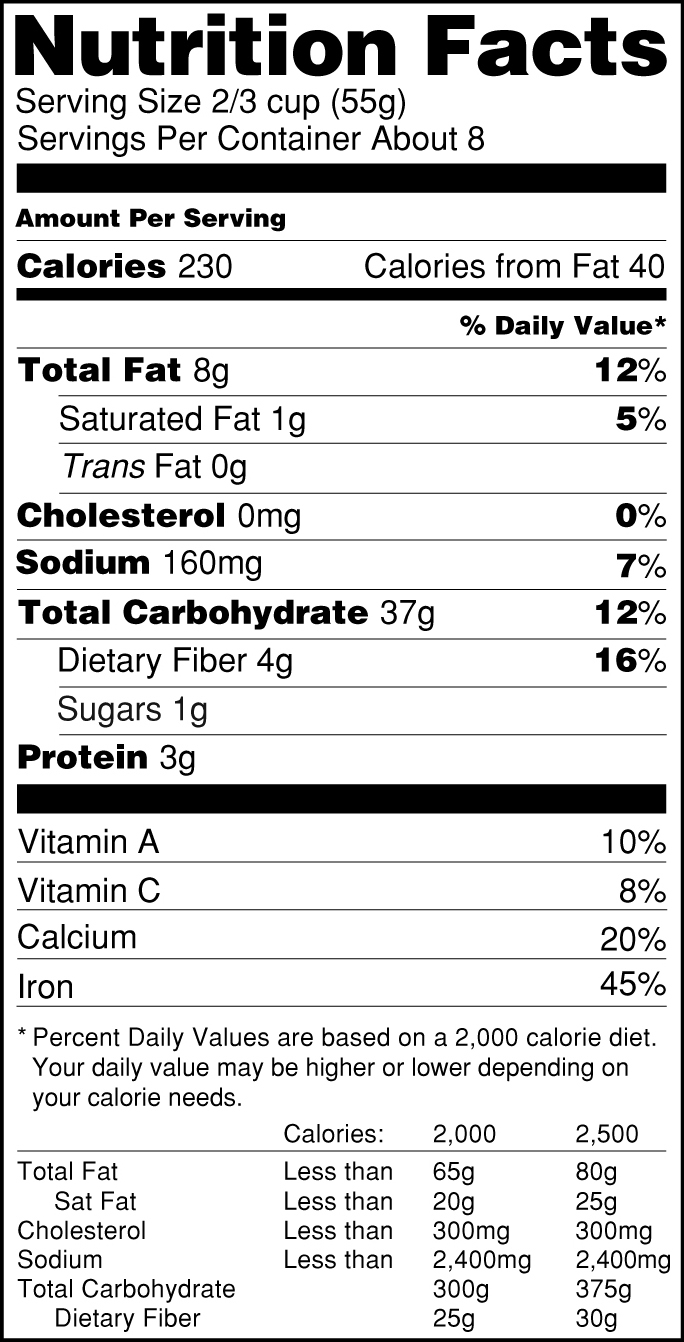
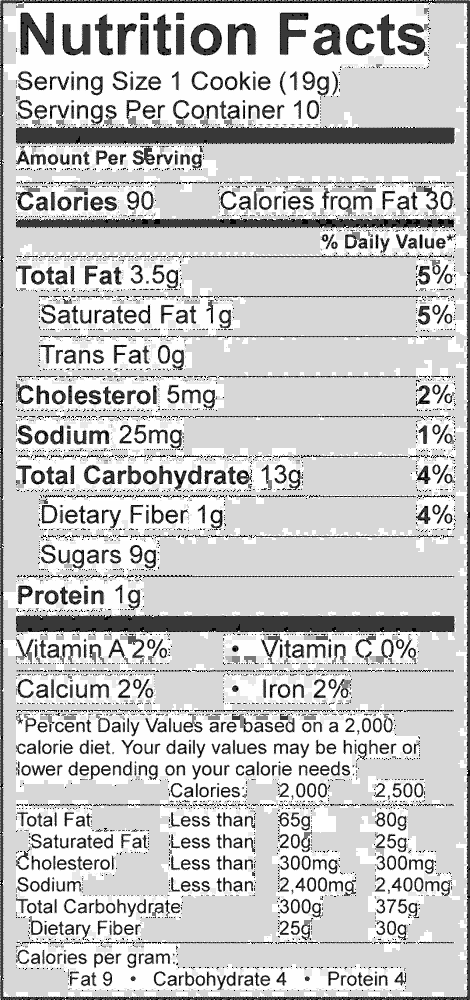
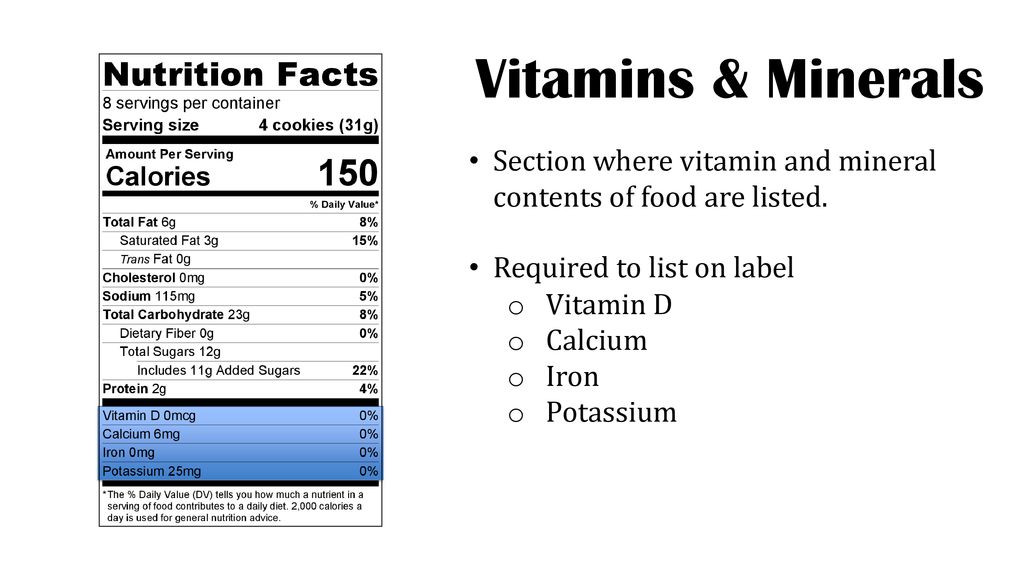

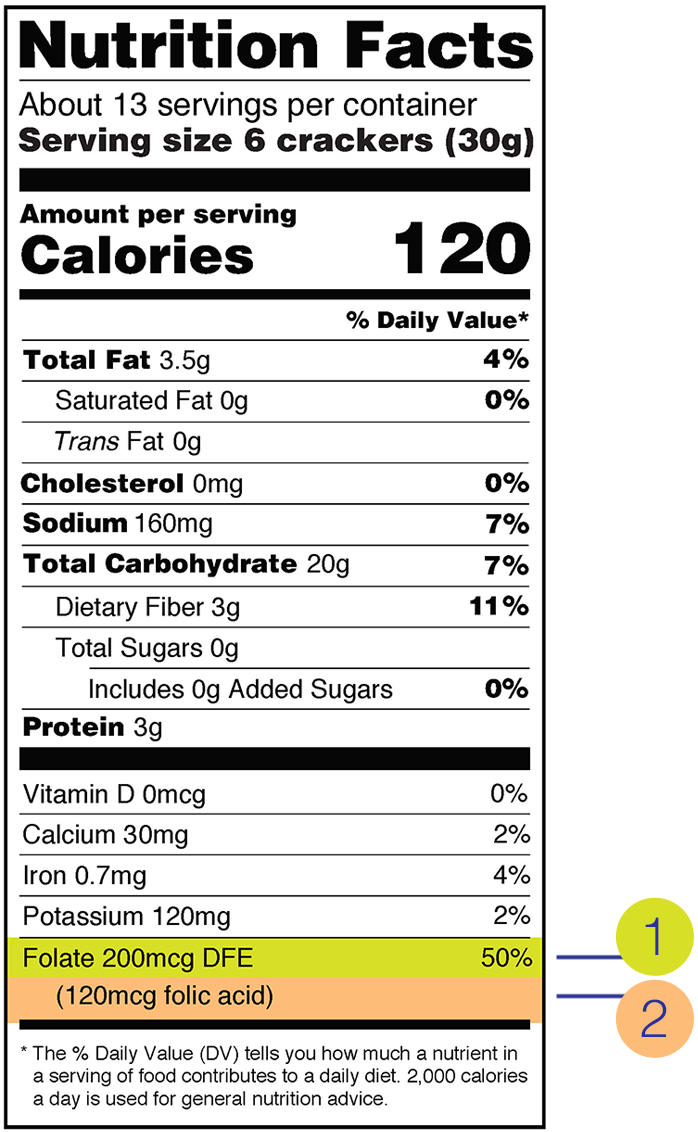

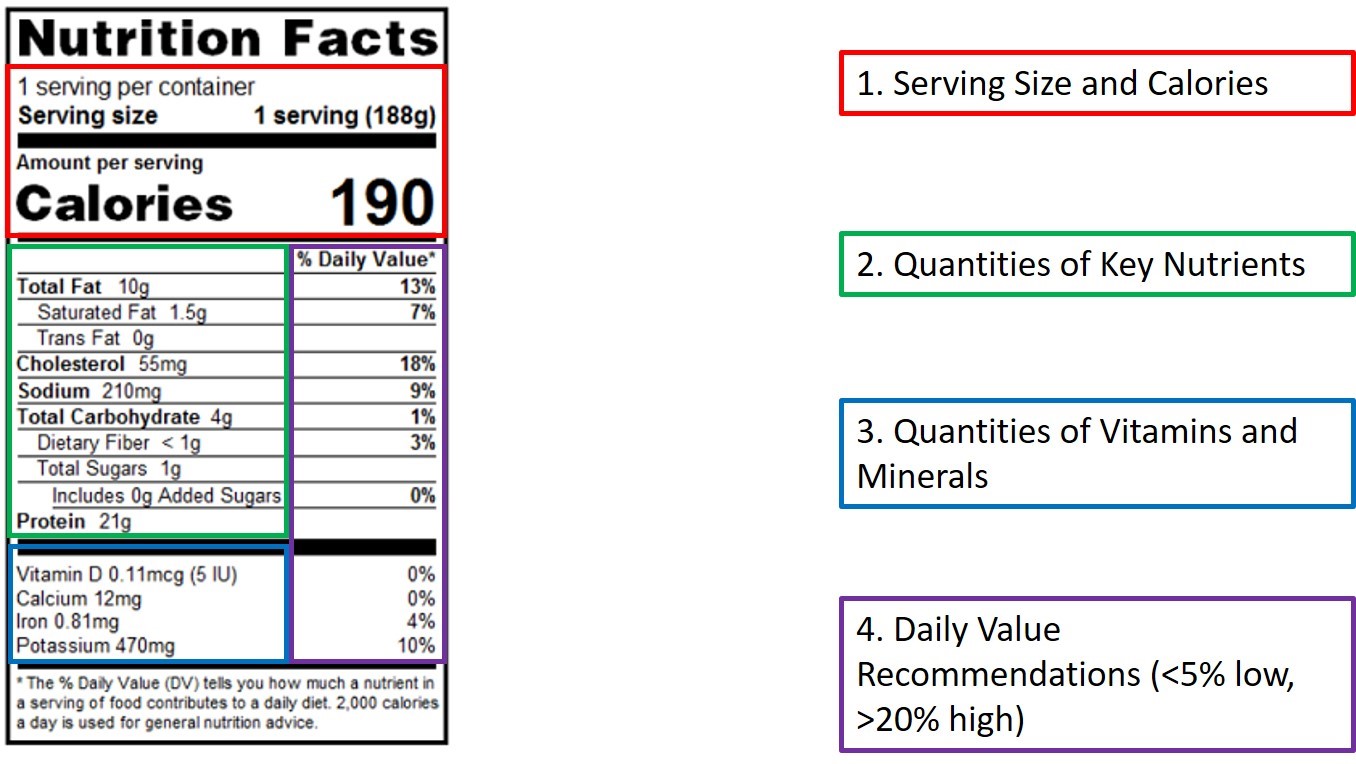




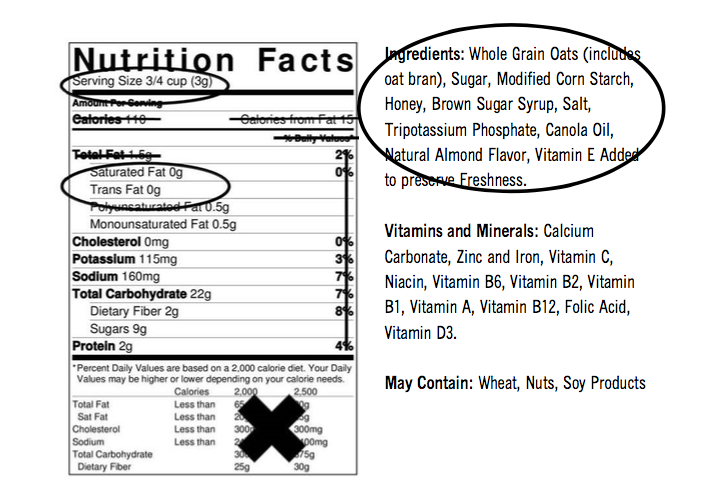

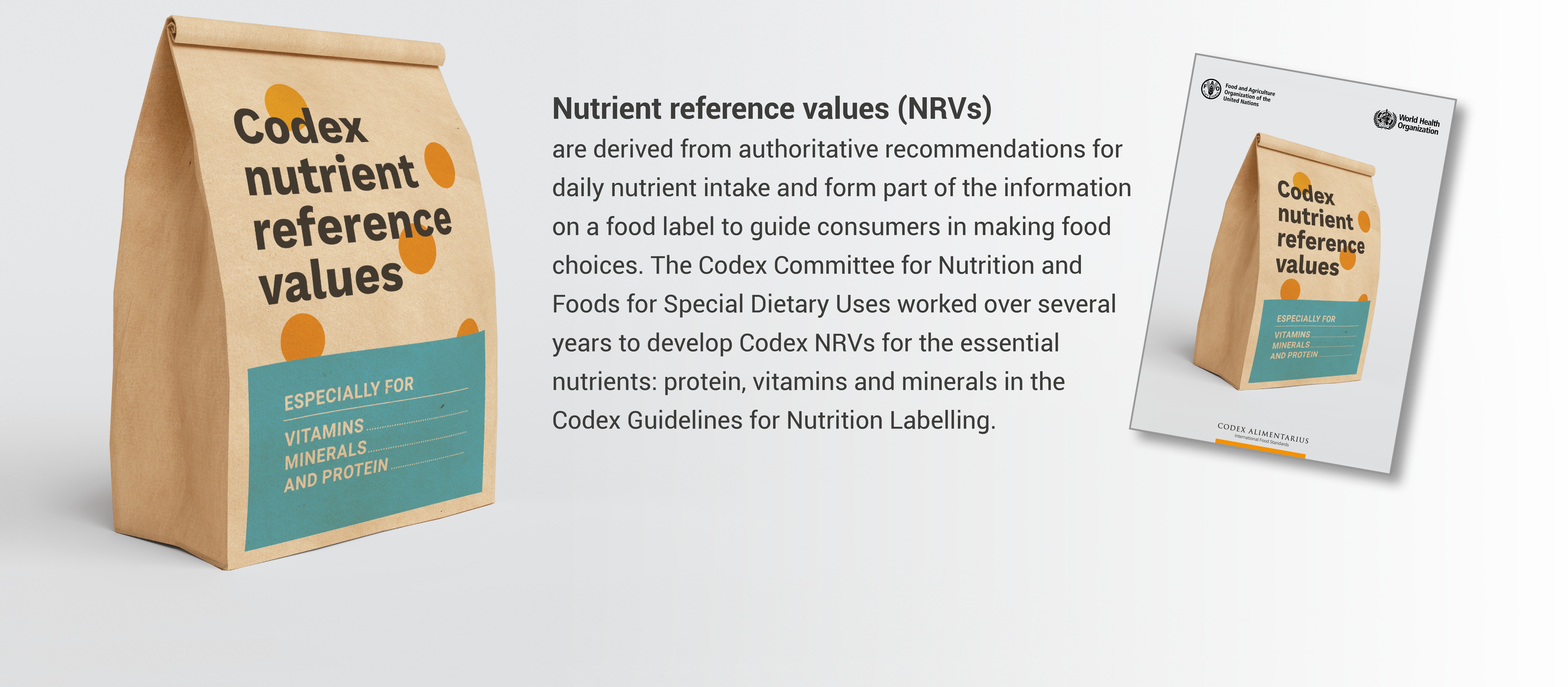

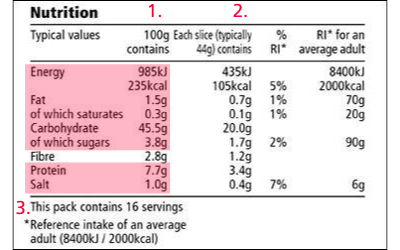
![PDF] Food Labeling: Revision of the Nutrition and Supplement ...](https://d3i71xaburhd42.cloudfront.net/6389ed84e38fbfc67396d58fe19481626c48f23e/6-Table1-1.png)


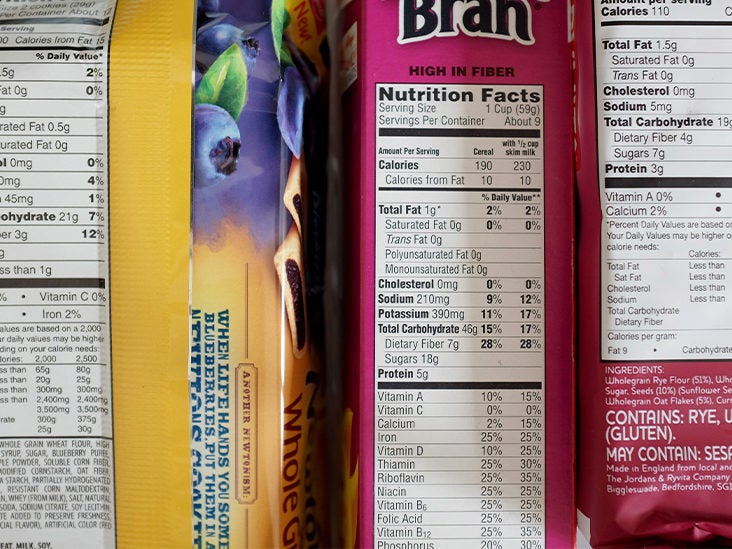
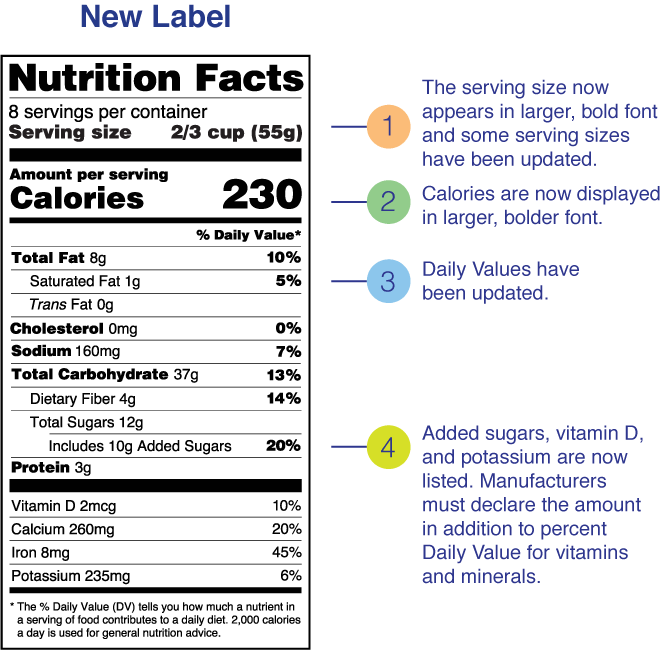


Post a Comment for "41 minerals on food labels"